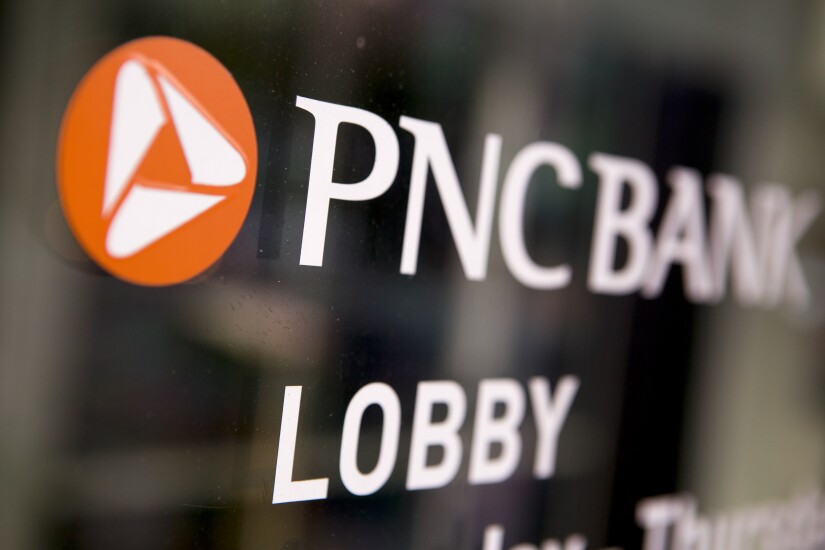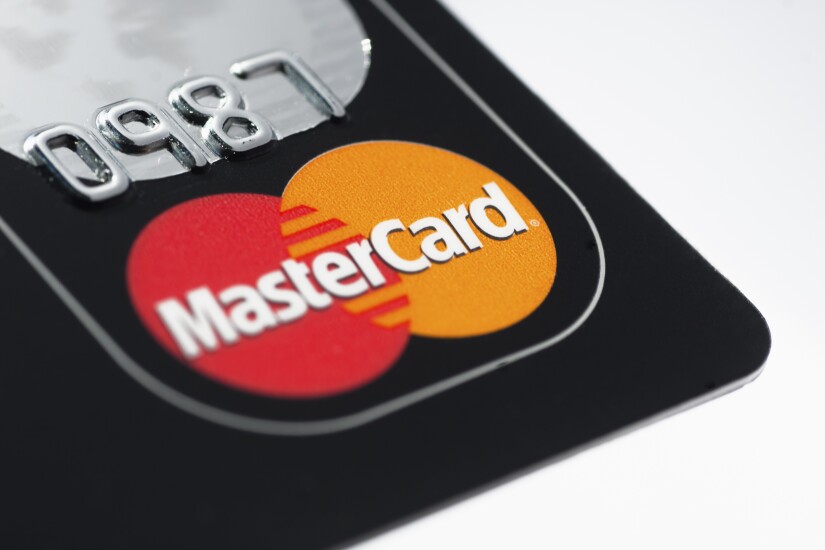

Material design
"Nothing has changed in the world of cards insofar as all issuers want to make sure that when a consumer takes out a card ... they take out their card as opposed to one of the competitors' cards," said Martin Ferenczi, president of North America for the EMV card manufacturer Oberthur Technologies. "It remains a key concern because the card continues to be the most frequently used interface between a financial institution and their clients."
Some PNC cards have an orange core, to reflect the bank's branding and "help to distinguish the card in our customer's wallet," said Tanya Herriott, senior vice president of credit card marketing at PNC Bank. It's also upon card manufacturers to offer up new materials, designs and gimmicks. It's why Oberthur produces nearly 50 different card constructions with various materials.
It's also why Chase is getting so much notice for its metal card, and why a Discover It or a PNC bank-branded card with an orange core, rather than the standard white or black core, might stand out among rivals that use plain white plastic.
"You open your wallet and you immediately see what you want to use," Ferenczi said.
For PNC, it was natural to take the bank's branded color of "PNC Orange" and apply it to the credit card itself. "Not only does it help to distinguish the card in our customer’s wallet but we want them to make that positive association with the brand whenever they pull out our card," said Tanya Herriott, senior vice president of credit card marketing at PNC Bank.
Still, PNC uses the orange core only in select cards. "We consider each product, audience and a variety of design elements when developing the card design—all of the elements need to work well together," Herriott said.

Divide and conquer
But there is still a place in the market for their technology.
Coin made a fresh attempt at a broad mobile payments play in early 2016, forging a partnership with Mastercard, which vowed to use Coin’s NFC-based mobile payments technology to power an array of wearables as part of Mastercard’s Commerce for Every Device initiative, angling to leverage the emerging Internet of Things.
Coin then sold off its tech to

Built-in biometrics
The challenge is bringing the technology to the point of sale. Most efforts rely on special hardware, such as the fingerprint readers used by the defunct
Mastercard's recent effort shifts the hardware burden to the card itself, with the fingerprint sensor built into the plastic. It's somewhat reminiscent of the recent wave of multi-account cards such as the recently shuttered
It’s a catchy idea that may appeal to certain issuers seeking cachet with consumers, but for a variety of reasons Mastercard’s biometric card is unlikely to be an industry “game-changer," said Brian Riley, director of the credit advisory service at Mercator Advisory Group.
“New multi-factor card security protocols rely on the full features of a mobile device, combined with tokenization, with emerging models including

Blurring the line between plastic and payments
To this end,
Two new services in development include the Visa Network Hub Provisioning feature and the Visa Card-on-File API, Visa said.
Issuers using the provisioning feature will have one integration point to connect to VTS token requestors, enabling consumers to handle merchants' requests for a digital version of their Visa card through the issuer's mobile banking app or online banking channel, without having to provide card details to each IoT provider, Visa said in the release.
By combining the provisioning feature with consumer transaction controls, issuers may also enable consumers to directly authorize payments to third parties without providing the physical card or full account details. Examples listed include giving restricted card access to another user, authorizing a payment to a merchant with card details already on file, an e-commerce enabler or an IoT provider.

Thinking outside the account
However, it may not have delivered what Amex was hoping for early in the launch, Jackson said.
"Based on the fact they haven't talked about it much, prepaid has not led to new credit customers like they had hoped," he added. "When they launched, they said if they liked the prepaid customers and their spending patterns, they would offer credit cards."
Thus, Amex has chosen to tinker with the Bluebird model, adding features such as one not found on any standard credit or debit card: access to the Walmart2Walmart domestic money transfer network.
If Amex can expand the market for Bluebird, it may bring it closer to its traditional audience. The recent addition of a Bluebird2Walmart money transfer option represents another step for Bluebird, said Stefan Happ, executive vice president and general manager of global prepaid and alternative payments at American Express.
The service ties into Ria's Walmart2Walmart money transfer network, which allows customers to send funds to be picked up at another Walmart location within the U.S. "Our work with Walmart and Ria links Bluebird and Serve to the broader Walmart2Walmart universe," Happ said.
Bluebird also launched Cash Pickup powered through Ria earlier this year, allowing cardholders easier access to cash beyond traditional ATM limits and enabling a "high-dollar, funds-off route for tax refund deposits," Happ added.





